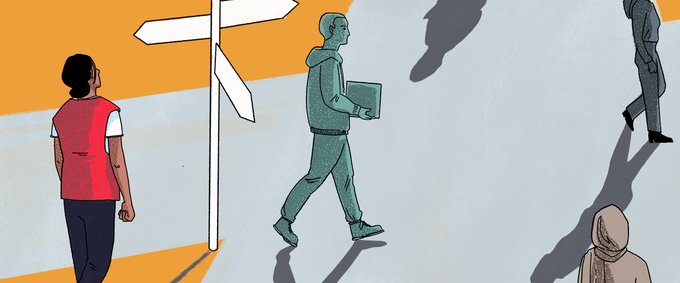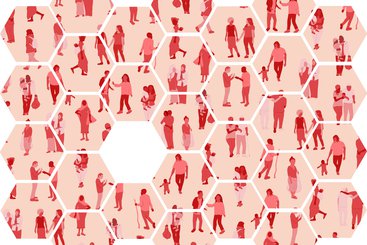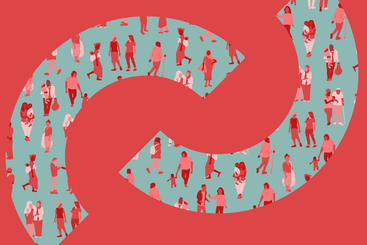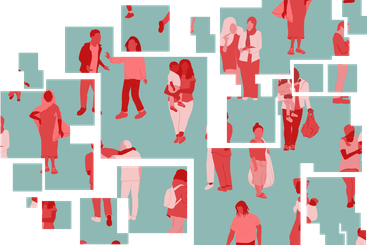
Social cohesion and forced displacement
Policy interest in social cohesion is on the rise. While it has been a priority for development and peace-building actors for some time, more recently it has become prominent among humanitarian actors, though it remains a vague and contested concept. Social cohesion is not inherently good – like all social processes it carries underlying risks, limitations, inconsistencies and trade-offs. There are limits to what interventions driven by external aid actors can achieve, and interventions can have unintended impacts. The kind of aid that is given, the mechanisms through which it is distributed, and the people selected to receive it can all have a bearing on social cohesion between groups.
To address some of the issues, HPG is undertaking a two-year research project in Pakistan and Tanzania to explore social cohesion and displacement between and within refugees and their hosts. Taking a critical approach to social cohesion, the project will address four broad research areas. First, it will explore the aspects of social cohesion that matter to displacement-affected communities. Second, it will consider the factors that drive or undermine social cohesion between and within refugee and host communities. Third, it will examine the relative importance of aid in shaping social cohesion. Finally, taken together, these areas of research will provide a basis for examining how aid actors might contribute to better social cohesion outcomes.

Project team
View all-

Latest work
Social cohesion in displacement: when aid actors should step back -

Latest work
Social cohesion in displacement: when aid actors should step back -

Latest work
Supporting livelihoods in displacement: four recommendations for donors, policymakers and practitioners -

Latest work
Social cohesion in displacement: when aid actors should step back


